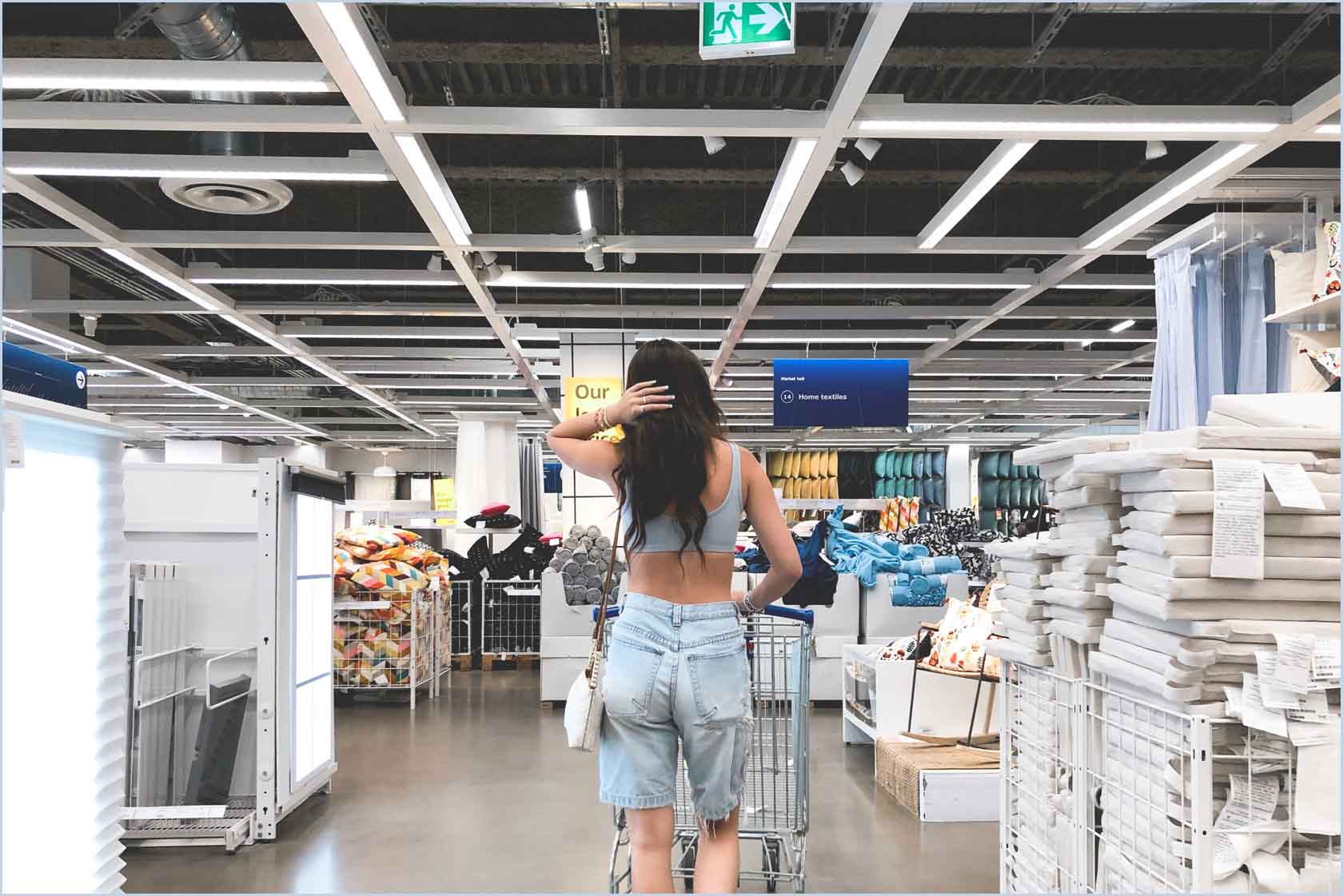The challenge for retailers is to attract customers to their stores and provide them with an engaging and unique experience. With the rise of online shopping, retailers need to differentiate themselves from their competitors and create a memorable experience for their customers. This is where virtual tours come in. Virtual tours can help retailers showcase their products and their retail space, attracting customers and providing them with a unique shopping experience.
Retail Sales and Customer Engagement Increase with Virtual Tours
Projects
Retail marketing has witnessed a major transformation in the last decade with the rise of digital technology. One such technological advancement that has revolutionized the retail industry is the use of 360° virtual tours. These tours offer an immersive and interactive experience to potential customers, allowing them to experience the retail store and its products from the comfort of their own homes. In this case study, we will explore the use of 360° virtual tours for marketing retail stores and the benefits they bring.

Challenge
Solution
One example of a retailer using 360° virtual tours is IKEA. The company has developed a virtual tour of their stores, allowing customers to explore the space and get a feel for the products. Customers can navigate through the store, viewing products in different rooms, and even visualizing how the products would look in their own home. The virtual tour also includes information about the products, including prices and dimensions.
The virtual tour has been a successful marketing tool for IKEA, increasing engagement and sales. Customers who have used the virtual tour are more likely to visit the physical store, as they have already had a positive experience with the brand. The virtual tour also provides a convenient option for customers who may not be able to visit the store physically.
Another example of a retailer using virtual tours is Audi. Audi has developed a virtual showroom, allowing customers to view their cars in a 360° environment. The virtual showroom provides customers with a unique and immersive experience, allowing them to explore the cars in detail, even from the comfort of their own homes. The virtual showroom has been successful in attracting customers to Audi’s physical dealerships, as customers have already had a positive experience with the brand.
The Results
The use of 360° virtual tours in marketing retail sales has been successful for many retailers. Virtual tours provide a unique and immersive experience that can attract customers to the physical store. They also provide a convenient option for customers who may not be able to visit the store physically. Virtual tours can increase engagement and sales, as customers who have used the virtual tour are more likely to visit the physical store. Overall, 360° virtual tours have been a successful marketing tool for retailers in increasing sales and customer engagement.


